Our planet is full of surprises, with landscapes so strange they seem to belong on alien worlds. From rainbow mountains to glowing caves, these natural wonders showcase Earth’s incredible diversity. Let’s explore 18 of these otherworldly places that you can actually visit right here on our own planet.
Zhangjiajie National Forest Park, China
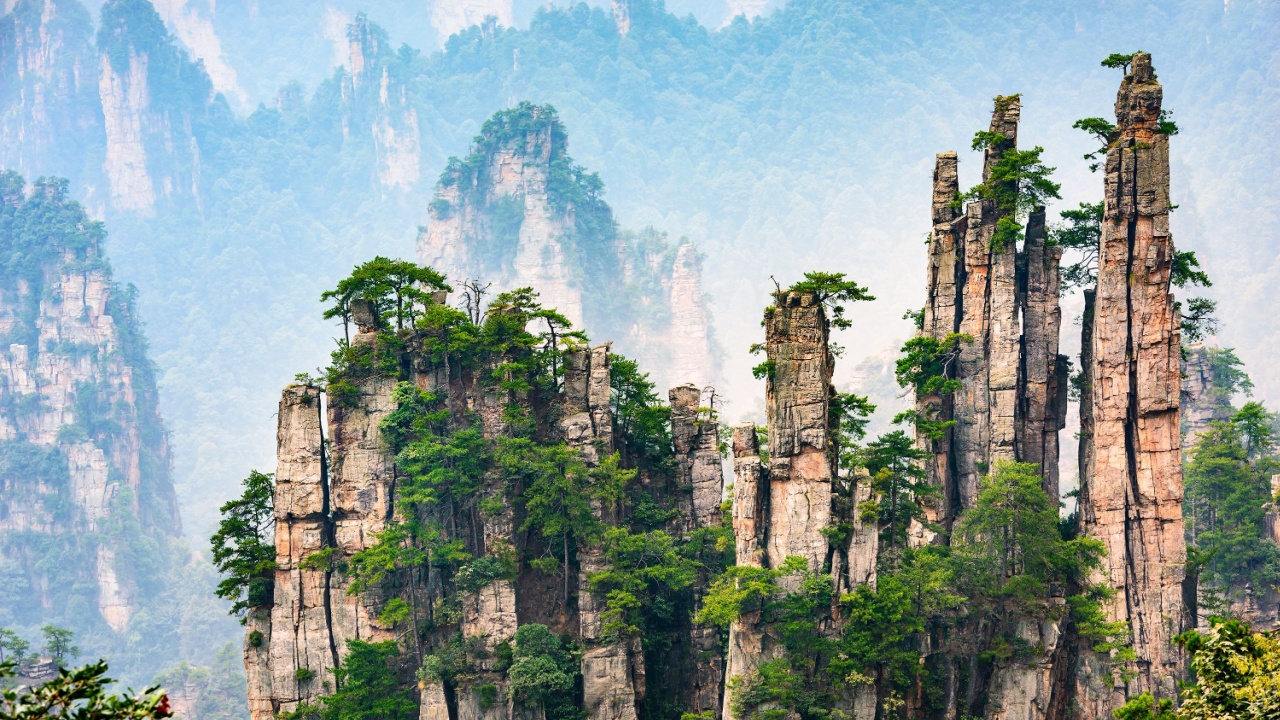
Towering sandstone pillars rise from the mist in this breathtaking Chinese park. These natural skyscrapers inspired the floating mountains in the movie Avatar. Narrow walkways and glass bridges allow visitors to explore the park’s dizzying heights. The area is home to over 3,000 of these unique rock formations, some reaching over 1,000 feet tall.
Salar de Uyuni, Bolivia

The world’s largest salt flat turns into a giant mirror when it rains. This vast expanse of white salt crust covers over 4,000 square miles. During the dry season, it cracks into a hexagonal pattern. Visitors can stay in hotels made entirely of salt blocks. The salt flat is so flat and large that it’s used to calibrate satellites.
Dallol, Ethiopia
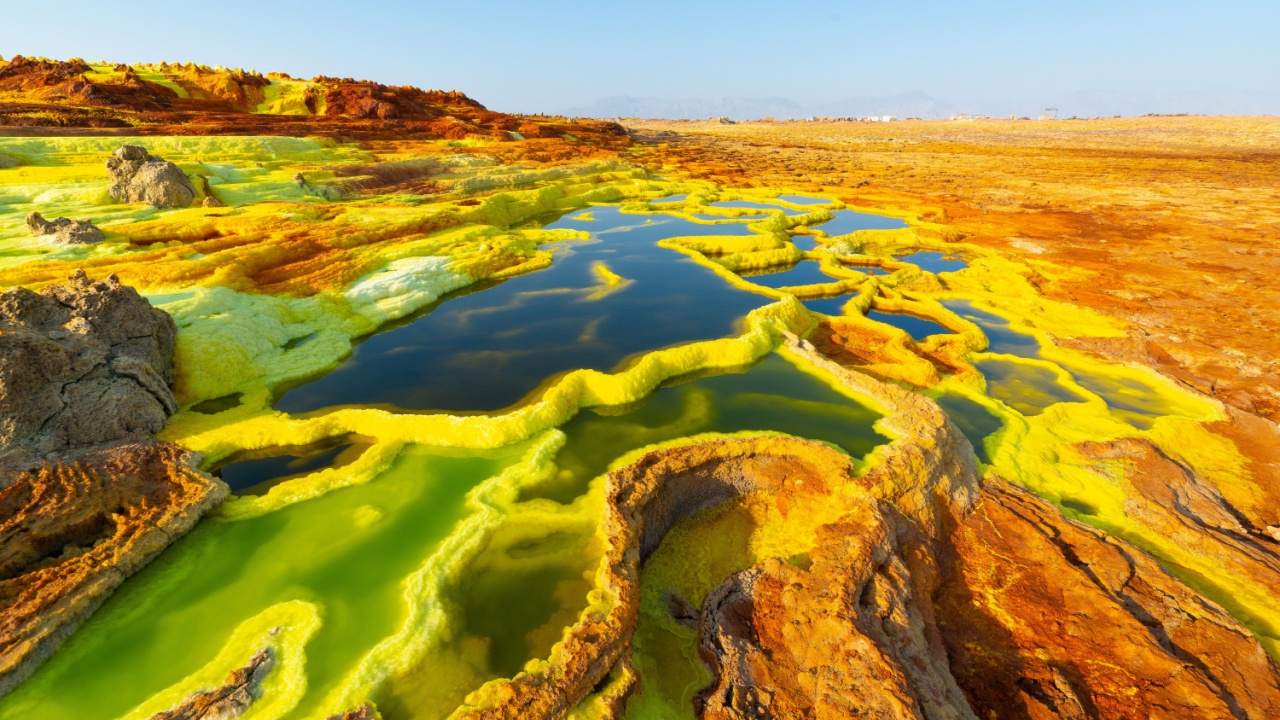
Dallol looks like a landscape from an acid trip. Its colorful hot springs, mineral formations, and salt plains create a surreal scene. It’s one of the hottest places on Earth, with average temperatures over 94°F (34°C). The area’s unique geology results from volcanic activity beneath a salt dome. Despite its harsh conditions, extremophile microbes thrive here.
Socotra Island, Yemen

This isolated island is home to plants and animals found nowhere else on Earth. The most famous is the dragon blood tree, with its umbrella-shaped canopy. About a third of the plant life on Socotra is unique to the island. Its isolation has allowed strange lifeforms to evolve over millions of years. The island looks like something from a Dr. Seuss book.
Cappadocia, Turkey
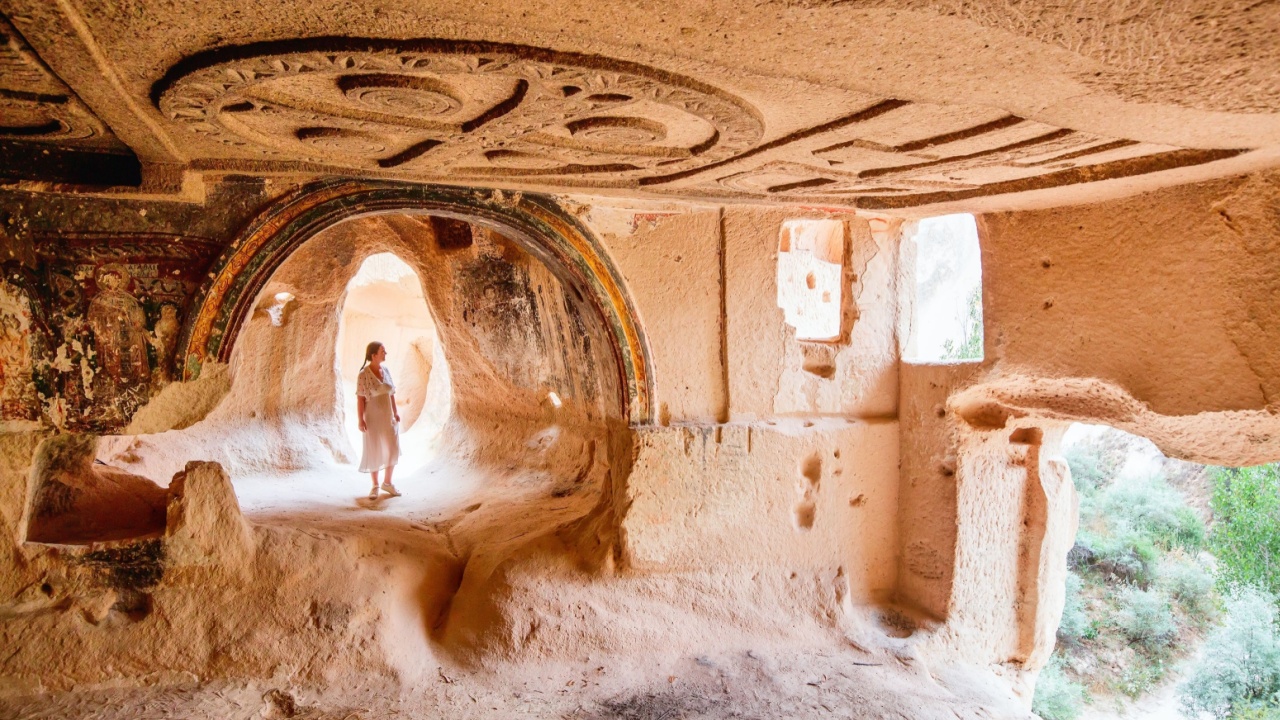
Fairy chimneys and underground cities make Cappadocia seem like a fantasy land. These rock formations were carved by erosion over millions of years. Early Christians built entire cities underground to hide from persecutors. Today, visitors can stay in cave hotels and take hot air balloon rides over the surreal landscape.
Spotted Lake, Canada
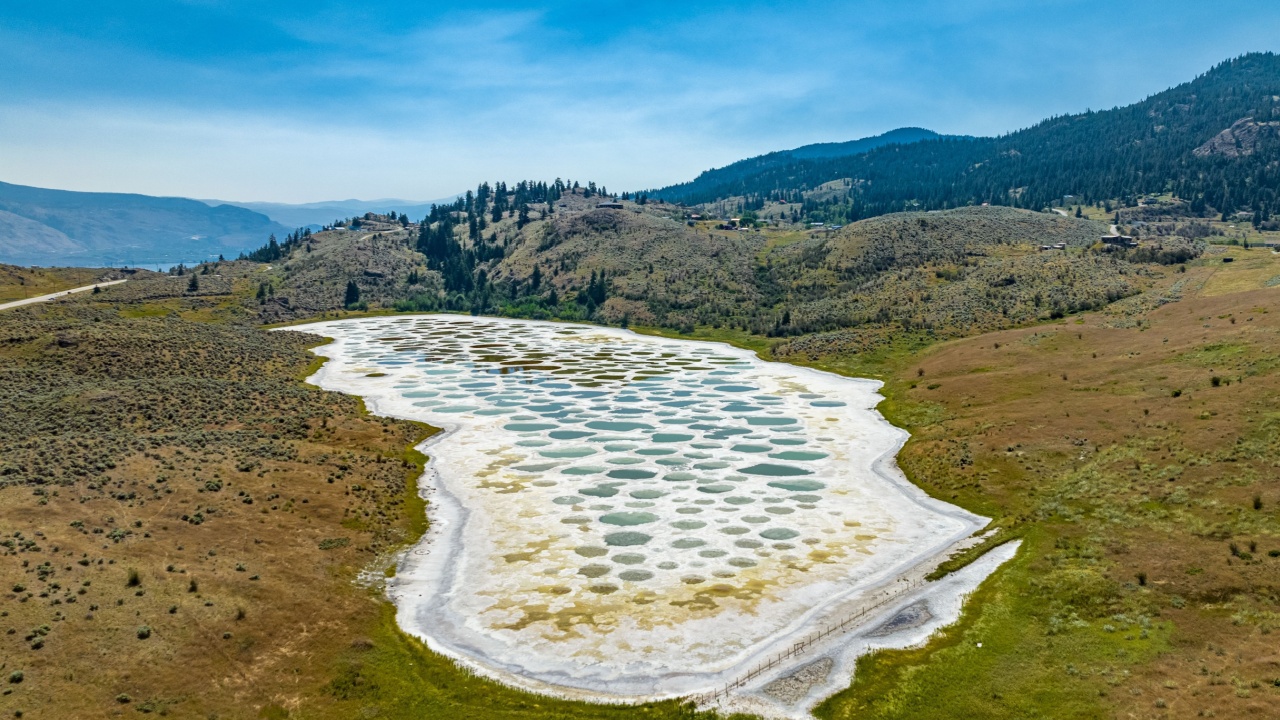
This polka-dot lake in British Columbia contains some of the highest concentrations of minerals in any lake worldwide. As water evaporates in summer, colorful mineral pools are left behind. The lake is sacred to the local Okanagan people. Each pool has a different mineral composition, creating a variety of colors.
Crooked Forest, Poland
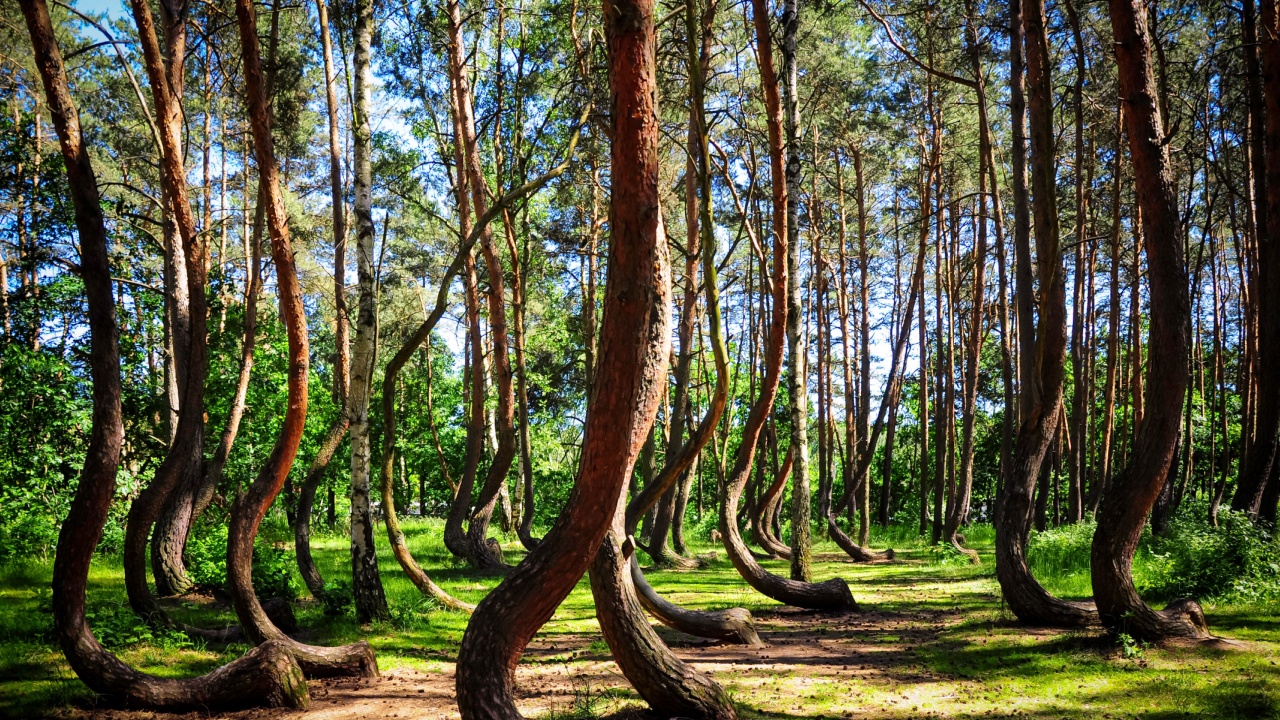
About 400 pine trees in this Polish forest are mysteriously bent at 90-degree angles near their bases. All the trees bend northward, and no one knows why. Theories range from deliberate human shaping to gravitational pull. The trees were planted in the 1930s and are now a popular tourist attraction.
Waitomo Glowworm Caves, New Zealand

Thousands of bioluminescent glowworms create a starry sky effect in these New Zealand caves. The glowworms are actually the larvae of a type of fungus gnat. They use their blue-green light to attract prey. Visitors can take boat tours through the caves to see this magical light show.
Danakil Depression, Ethiopia
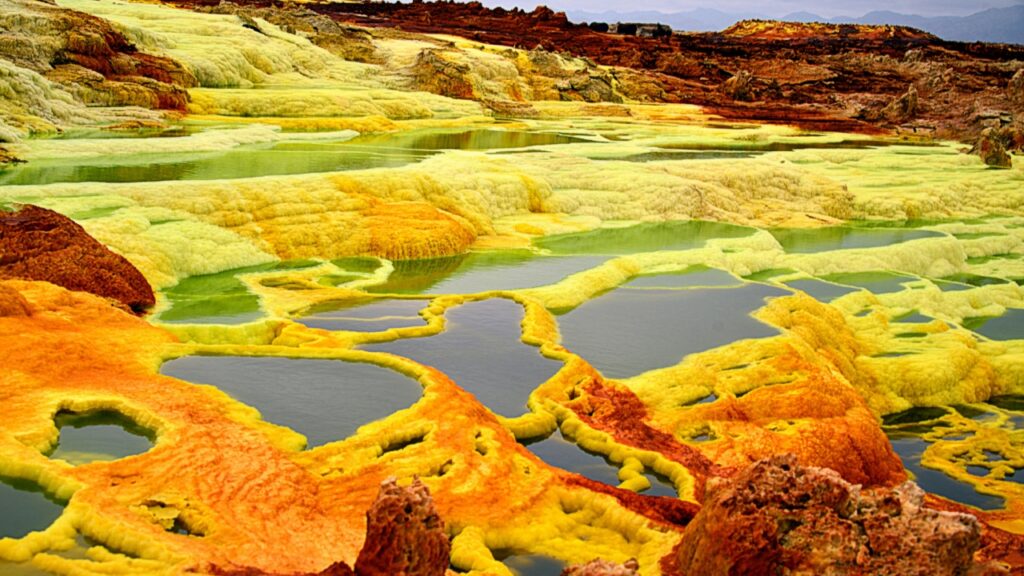
This is one of the lowest, hottest, and driest places on Earth. Its colorful landscape includes salt lakes, lava lakes, and sulfur springs. The area is so extreme it’s used by scientists to study how life might survive on other planets. Despite its harsh conditions, the Afar people have lived here for centuries.
Jeju Island Lava Tubes, South Korea
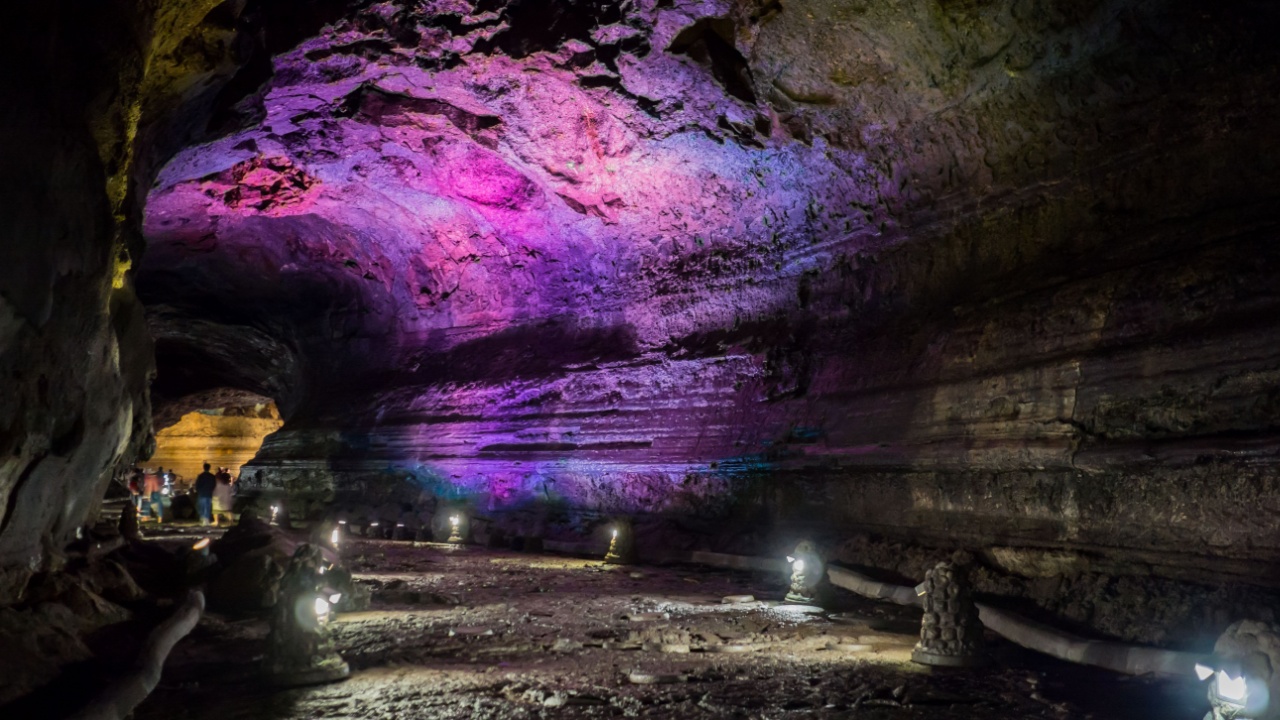
These underground tunnels were formed by flowing lava thousands of years ago. They’re some of the largest lava tubes in the world. The caves contain unique formations like lava stalactites and stalagmites. One cave, Manjang, is long enough to fit two soccer fields end to end.
Fly Geyser, Nevada, USA
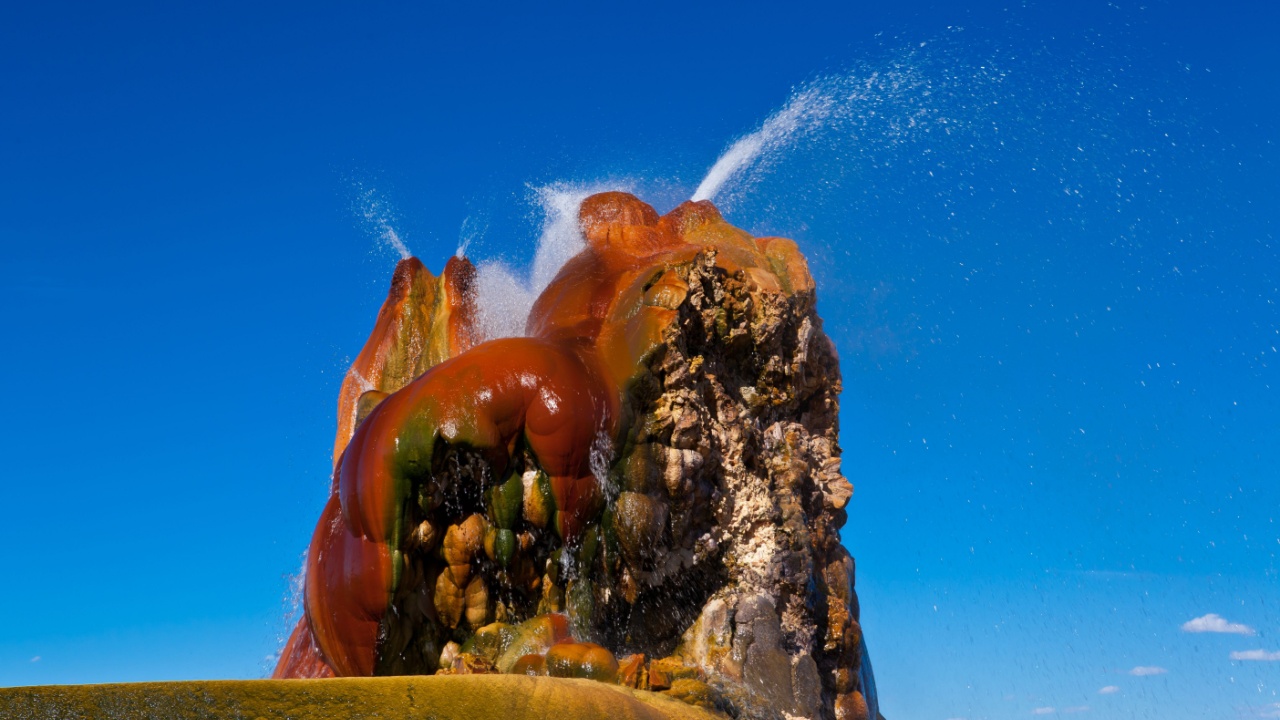
This colorful geyser was accidentally created by well drilling in 1964. Minerals from the geothermal water source have created the vibrant colors. The geyser is constantly growing as it deposits more minerals. It’s located on private land but can be visited through guided tours.
Chocolate Hills, Philippines
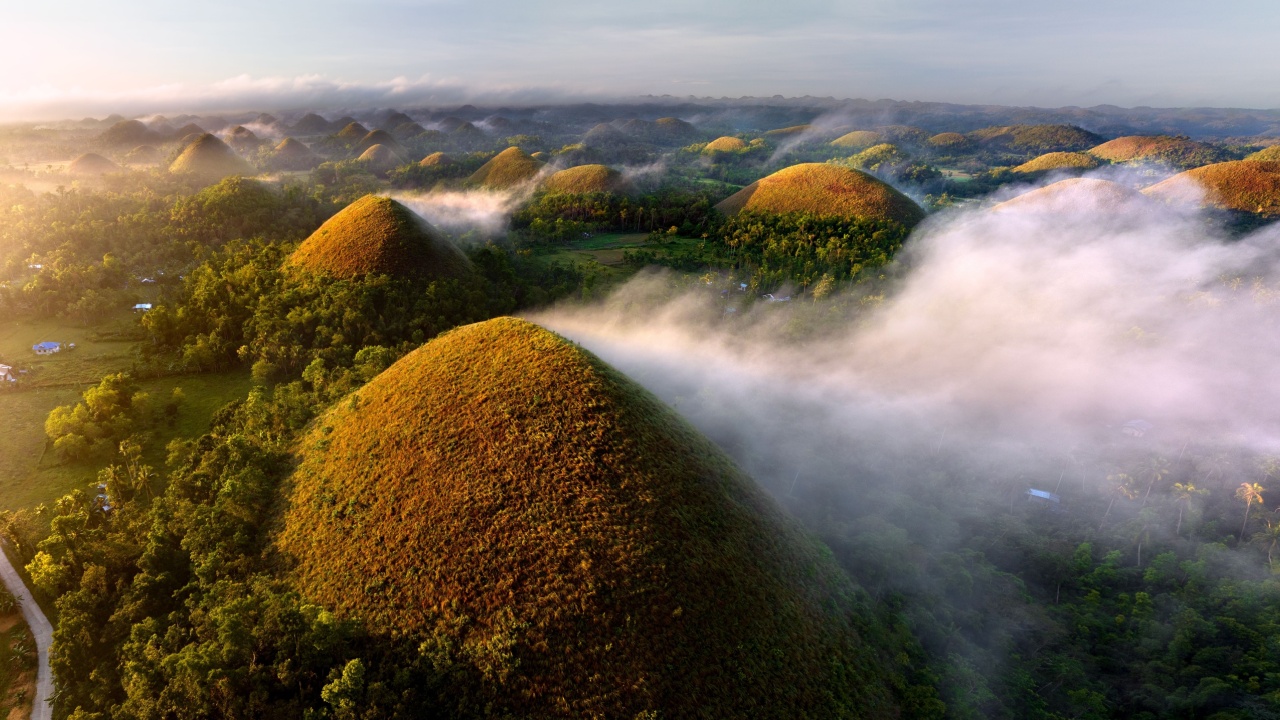
Over 1,200 perfectly cone-shaped hills cover this landscape in Bohol. They’re covered in grass that turns brown in the dry season, hence the name. Legend says they were formed by the tears of a heartbroken giant. In reality, they’re limestone formations shaped by erosion over millions of years.
Fingal’s Cave, Scotland
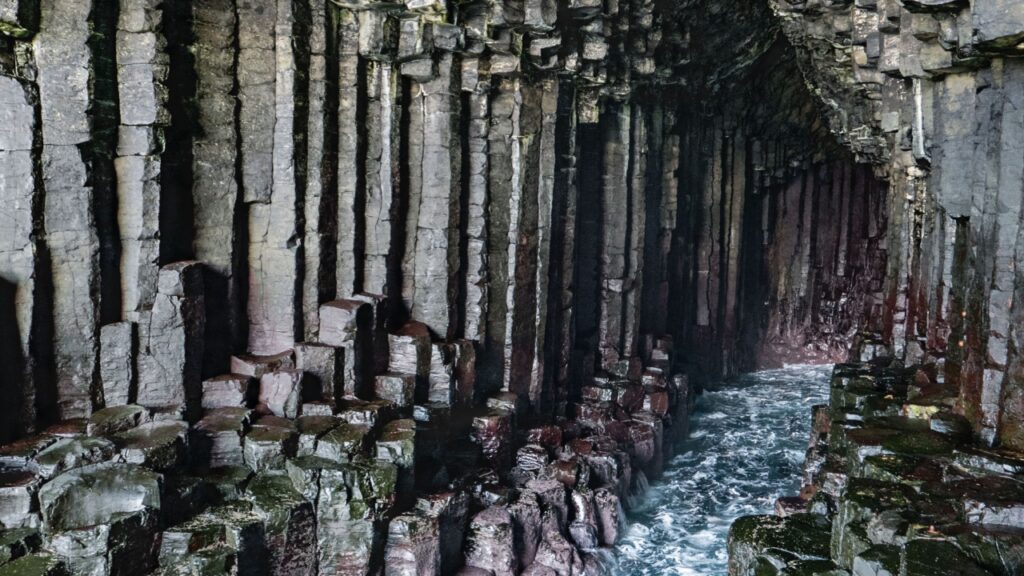
This sea cave is known for its naturally-formed hexagonal columns. These basalt columns are similar to those at the Giant’s Causeway in Ireland. The cave’s size and shape create eerie echoes that inspired Mendelssohn’s “Hebrides Overture.” Its Gaelic name, Uamh-Binn, means “cave of melody.”
Pamukkale, Turkey
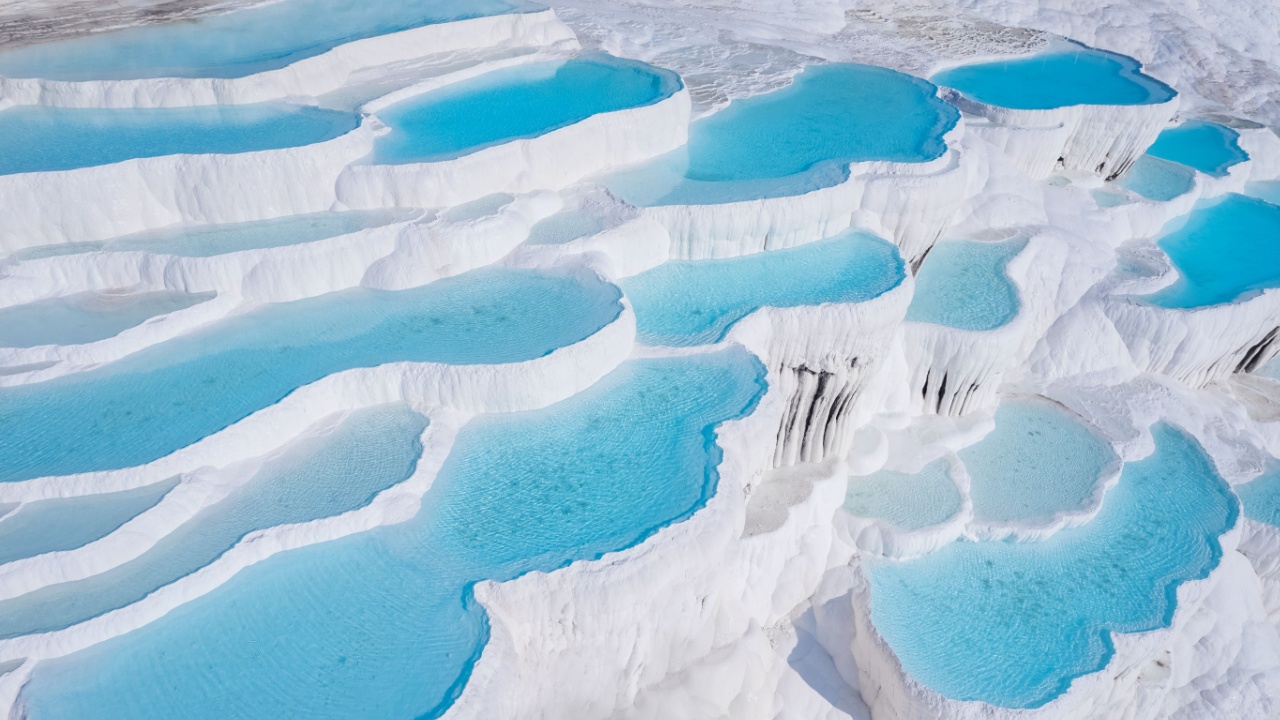
“Cotton Castle” in Turkish, this site features terraced pools of mineral-rich water. The white travertine terraces were formed by calcium carbonate deposits from hot springs. Ancient Greeks built the city of Hierapolis around these springs. Visitors can still bathe in some of the pools today.
Rainbow Mountains, China
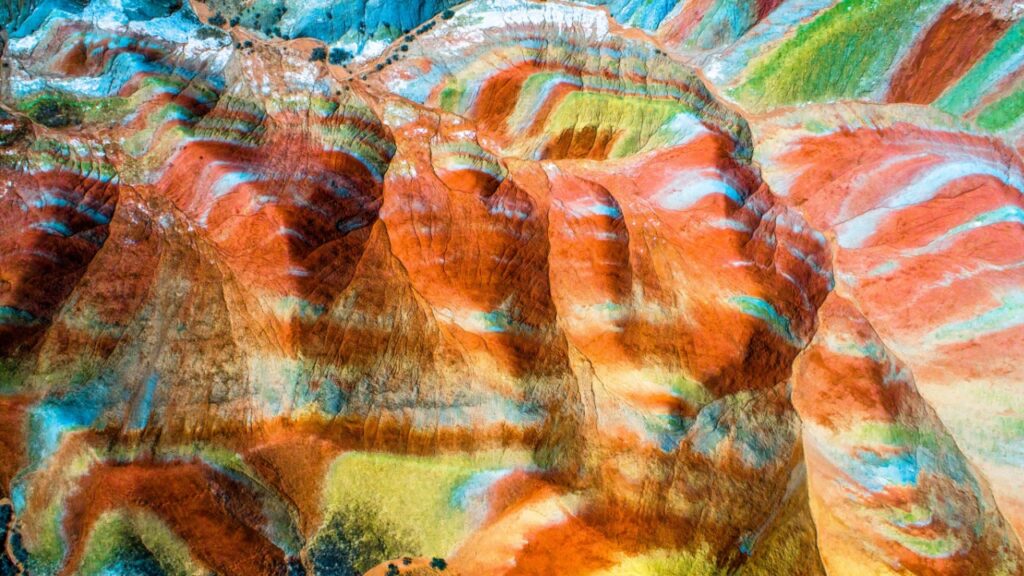
Layers of different colored sandstone and minerals create a rainbow effect on these mountains. The colors include red, yellow, blue, and green. The mountains are part of the Zhangye Danxia Landform Geological Park. They were formed by the uplift of sedimentary rocks over millions of years.
Marble Caves, Chile
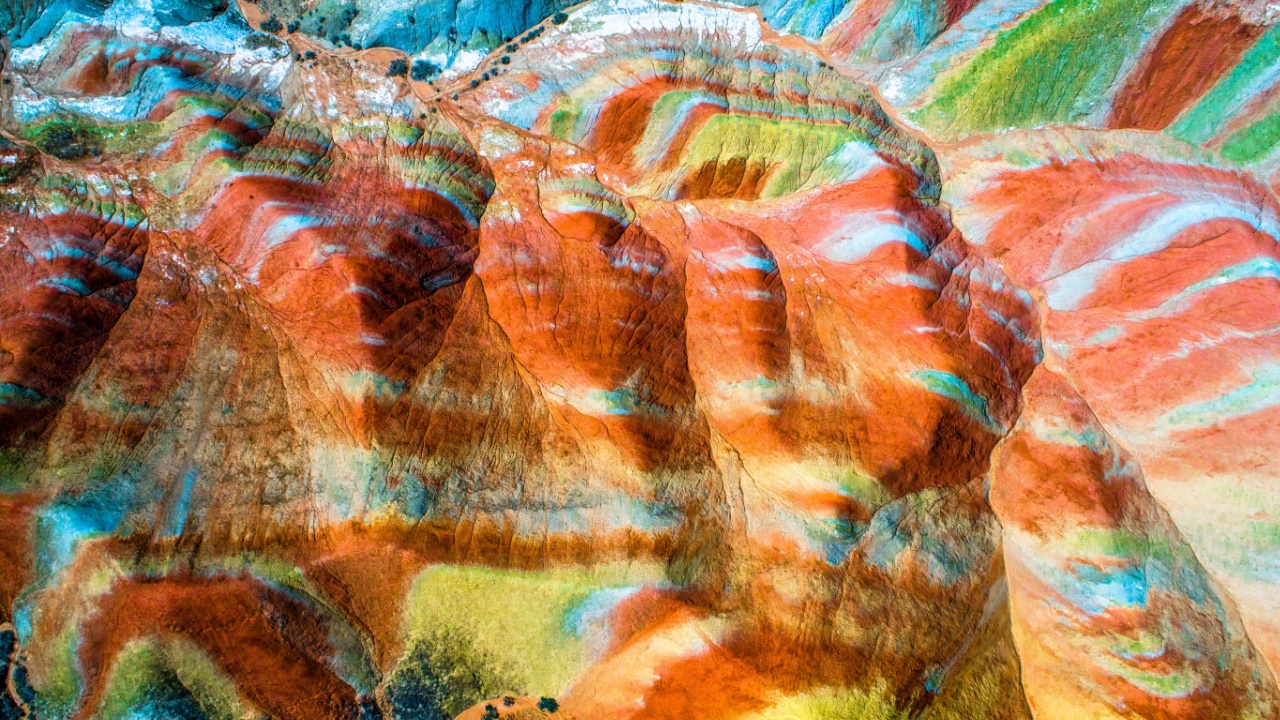
These stunning blue caverns were carved by water over thousands of years. The swirling patterns of the marble reflect in the clear lake water. The caves are only accessible by boat or kayak. The color of the caves changes with water levels and seasons.
Richat Structure, Mauritania

This circular geologic feature is visible from space. It’s nearly 25 miles across and was initially thought to be an impact crater. Scientists now believe it’s a deeply eroded geologic dome. Local people call it the “Eye of the Sahara.” Its origin and structure still puzzle geologists.
Darvaza Gas Crater, Turkmenistan
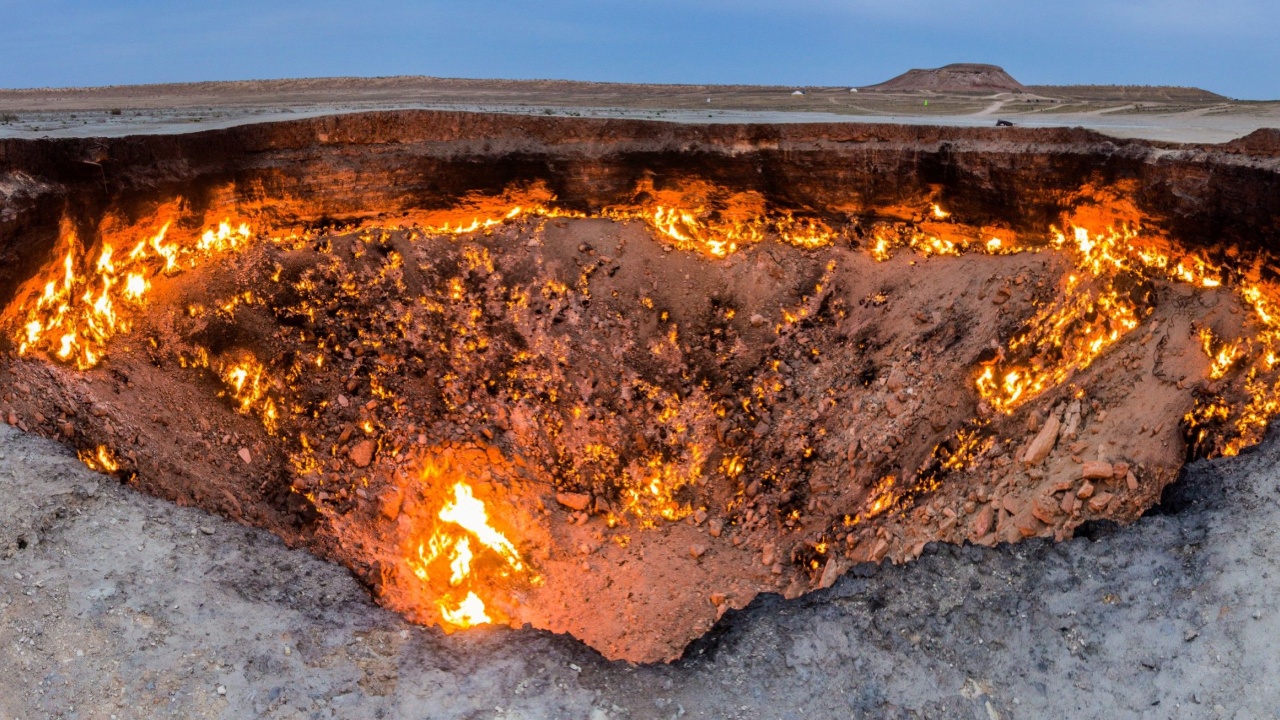
Known as the “Door to Hell,” this fiery crater has been burning since 1971. It was created when Soviet geologists accidentally drilled into a cavern filled with natural gas. They set it on fire to prevent the spread of methane gas. The crater is about 230 feet across and 65 feet deep. Scientists have found extremophile bacteria living in its depths.
Becky is a fervent wildlife enthusiast and pet care expert with a diploma in canine nutrition. Her love for animals stretches beyond the domestic, embracing the wild tapestry of global fauna. With over a decade of experience in animal welfare, Becky lends her expertise to OutlandishOwl through insightful articles, captivating wildlife information, and invaluable guidance on pet nutrition. Her work embodies a deep commitment to understanding the intricate lives of animals and a passion for educating others on sustaining natural habitats. Becky's hands-on conservation efforts and her knack for translating complex dietary science into practical pet feeding tips make her an indispensable voice for creatures great and small.




